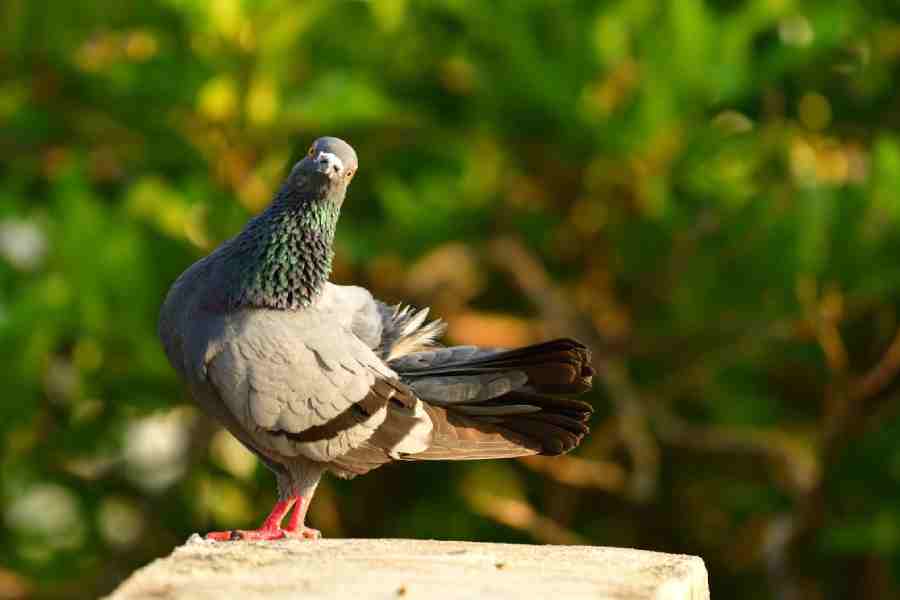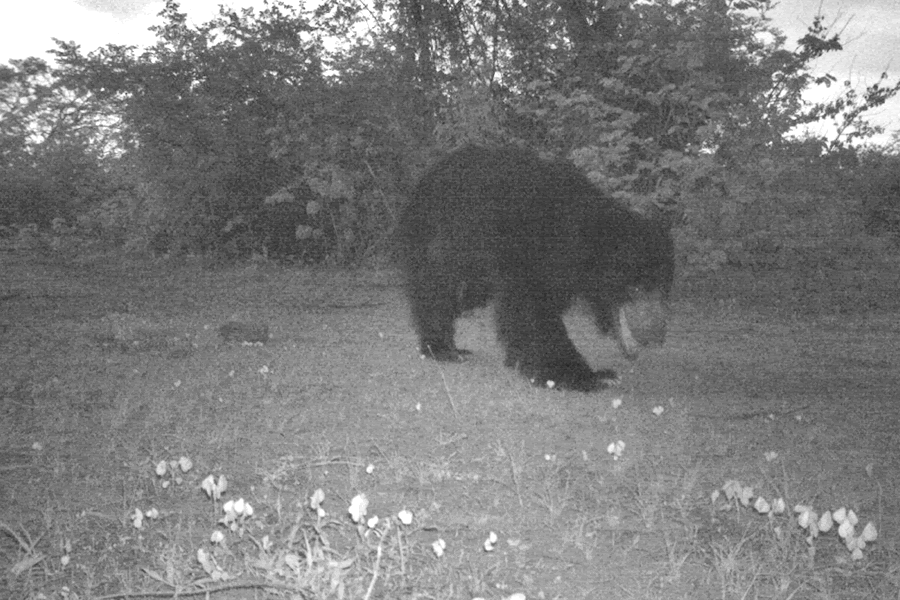A new case study of a boy, who developed potentially fatal allergic reactions after a prolonged contact with pigeon feathers and droppings, has brought to light severe health risks related to long-term exposure to the bird.
The 11-year-old from east Delhi was brought to Sir Ganga Ram Hospital here with what initially seemed like a routine cough, doctors said in the study.
His condition, however, worsened as his respiratory functions declined, they said in a statement.
The child was diagnosed with Hypersensitivity Pneumonitis (HP), which was triggered by an allergic reaction to pigeon proteins, and required immediate medical attention, Dr Dhiren Gupta, Co-Director of the Pediatric Intensive Care Unit (PICU), said.
Medical tests showed lung inflammation and opacities consistent with HP, he said. Opacities refer to areas appearing white on a chest radiograph, when they should be darker.
Gupta explained that HP is a chronic interstitial lung disease, in which the organ gets scarred, making it difficult to breathe. The condition is more common among adults and rare in children, affecting 2-4 per one lakh population in a year, he added.
The boy was administered steroids and provided breathing support via high-flow oxygen therapy, in which the gas is passed in the body through a tube placed in the nostrils. This helped bring down inflammation in his lungs and restore breathing to near-normal levels, the doctor said in the case study.
Seeing the boy responding positively to treatment, he was eventually discharged with a comprehensive care plan to manage his condition, Gupta said.
HP results from inflammation, brought about by the immune system in response to repeated exposure to certain environmental substances, such as bird allergens, moulds and fungi. Second-hand exposure to e-cigarettes too could result in an inflammatory response, Gupta told PTI.
The case highlights hidden health risks posed by long-term exposure to birds and the critical importance of recognising the early signs of HP. Taking prompt action can prevent serious complications, Gupta said.
"Education about potential environmental triggers, like bird droppings and feathers, is essential for preventing similar incidents," he said.
He also emphasised the need for exercising caution while dealing with seemingly harmless pigeons and chickens.
Except for the headline, this story has not been edited by The Telegraph Online staff and has been published from a syndicated feed.










